People from away come to Monterey for summer respite and relaxation or simply pass through town while driving Highway 1 – the Pacific Coast Highway – on their way to Los Angeles or San Francisco.
Inland valley residents of California come to the Monterey County coast to escape the persistent 100 to 110 degree heat of cloudless July sunny days that is the normal summer climate in the Central Valley of California.
Monterey Fisherman’s Wharf sea lion dock. Fog is hovering over the Skyline Drive ridge between Monterey and Pacific Grove. This was the last clear sky day over Monterey on July 7.
Life in the fog
In Monterey the sun has been scarce the past couple of weeks. This is the kind of weather that gives people Seasonal Affective Disorder. Around the country air conditioners are running to survive the summer heat. Our gas fireplace is running right now to keep the room dry and prevent the mildew and mold that results from 95% humidity in cool temperatures for weeks on end.
It isn’t cold here in Monterey. The temperature is 54 just before the dawn and will rise to about 65 today. The sun may even shine through for a couple of hours today if the fog breaks. The past week was so hot in the California interior that the fog has been persistent all day most days, even where I live in the sunbelt section of Monterey. The temperature inland is supposed to drop below 100 degrees today and that may allow the fog to retreat back over the sea.
Fog over the hills separating Monterey from Pacific Grove and Pebble Beach.
Fog over the center of Monterey Bay. Kayaking the coast is one of the popular activities in these parts. There have been numerous blue whale sightings in Monterey Bay this summer with recent estimates that around 100 blue whales are hanging out feeding on abundant krill.
The blue whale is the largest animal to have ever existed. There are only about 2,000 blue whales in the northern Pacific making this concentration of blue whales in Monterey Bay a significant gathering. Here is a July 6 GrindTV blog with photos and video of blue whales in Monterey Bay.
The American Navy brings manifest destiny to Monterey
July 7, 1846 – Commodore John Drake Sloat of the United States Navy had orders to take control of Alta California from Mexico if war broke out. The U.S. declared war on Mexico May 13, 1846. Commodore Sloat in command of the U.S. Navy Pacific Squadron sailed in June 1846 from Mazatlan, Mexico to Monterey, the Mexican capital of Alta California. This voyage was somewhat of a race to beat out the British fleet for control of California. The American flag was raised over the Monterey Custom House on July 7, 1846 claiming California for the United States.
San Francisco, then known as Yerba Buena, was taken by American forces two days later. This effectively marked the beginning of California as part of the United States. There was no fighting in the conquest of Monterey.
My photos last weekend at the Commodore Sloat reenactment of our United States Manifest Destiny historical mission also marked the last day we had sun shining over our Monterey home. This place has been dripping fog for eight straight days now. I wonder if Commodore Sloat was anchored in the fog of Monterey Bay in July 1846?
Summer wildflowers at Soberanes Point Trail in Garrapata State Park, Big Sur coast, 12 miles south of Monterey.
Last Tuesday I left the fog of Monterey for the 40 mile drive to the beaches of Santa Cruz on the north side of Monterey Bay. Almost to the spot of crossing over the Santa Cruz County line the fog dissipated and the temperature climbed from 62 to 78 in a matter of minutes. After sitting for nearly ten minutes in traffic to get through the first stoplight in Santa Cruz for the one or two miles of urban streets to the beach, I turned my car around and came back to the fog of Monterey – where there were no crowds.
On Wednesday I drove south to Soberanes Point to hike around Whale Peak – despite the fog.
Whale Peak, Soberanes Point, Garrapata State Park (on a foggy July day).
There is a maintained trail around Soberanes Point, however, in many places I was pushing the abundant wildflowers aside that were crossing over the path. Be aware abundant poison oak grows adjacent to the trail.
This area of the Monterey County coastline in 1839 was part of Rancho San José y Sur Chiquito, a Mexican land grant. Part of the history of the California Ranchos following the American conquest was the legal dissolution of Mexican land grants during the 1850s and 1860s when owners could not provide sufficient documentation in American courts to their land claims or went broke defending their claims through the U.S. court system.
http://www.parks.ca.gov/pages/579/files/Garrapata.pdf
The Soberanes were a cattle and sheep ranching family who held the Monterey County coastal land for a couple of decades from 1867 to 1891. Francis Doud purchased the property in 1891 and the Doud Ranch operated into the 1950s. The State of California acquired the property in the 1980s and Garrapata State Park was created in 1985.
Whale Peak at Soberanes Point, Garrapata State Park.
During two hours at Soberanes Point every few minutes we saw brown pelicans fly by in groups hugging the coastline.
The water is actually quite clear, except the Pacific Ocean here is full of bull kelp seaweed. The long 20 to 50 ft. stalks of kelp create an underwater forest. The kelp provides shelter for sea otters who float around on the surface surrounded by kelp and protected from sharks and predators.
Life tenaciously clings on down by the sea.
Tidepools at Soberanes Point.
Pelican flyby.
Lizards were all over the trails and I even saw one large snake. Fortunately it was not a rattlesnake.
Back to the present day and I just looked outside my window. The streets are damp. It hasn’t rained in a couple of months. We are in the dripping fog of another gray day here in Monterey.
Ric Garrido, writer and content owner of Loyalty Traveler, shares news and views on hotels, hotel loyalty programs and vacation destinations for frequent guests. You can follow Loyalty Traveler on Twitter and Facebook and RSS feed.


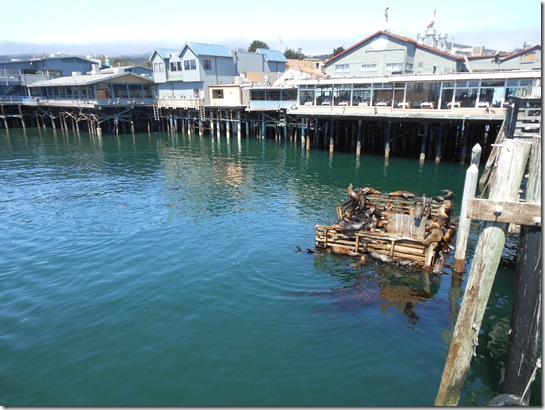
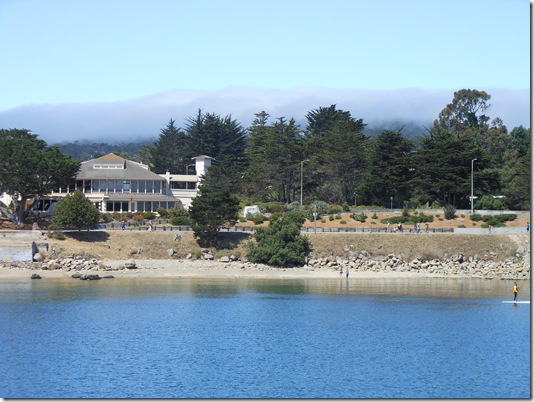
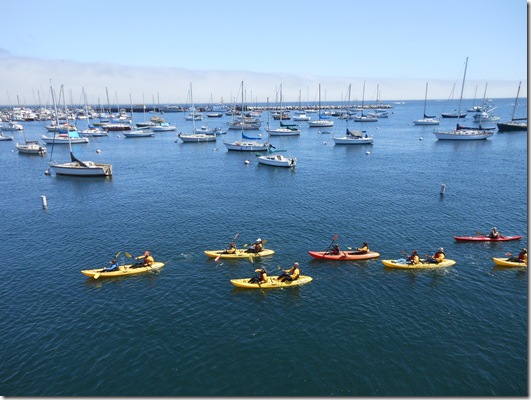
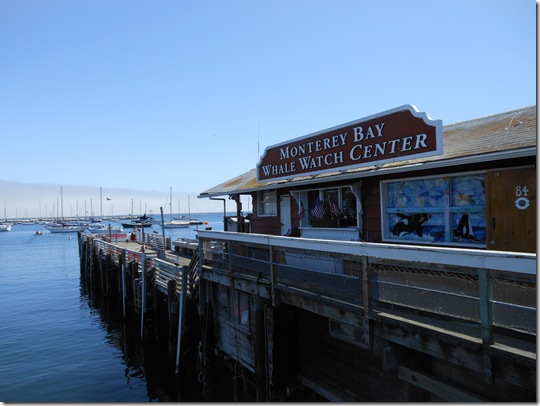
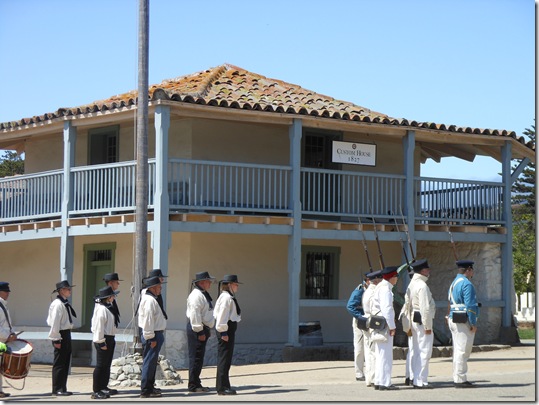
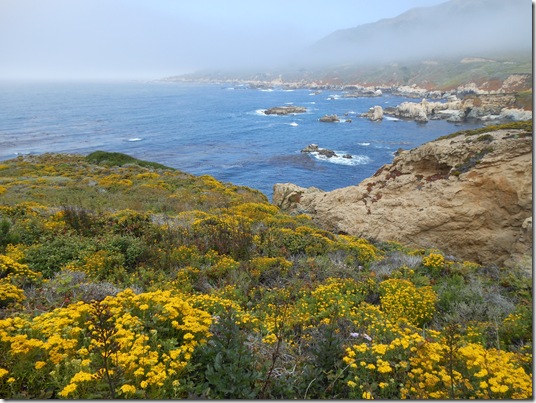
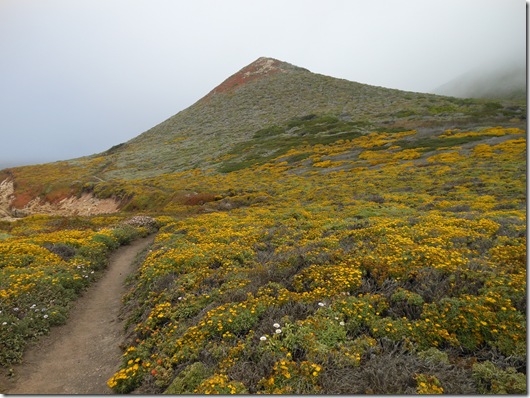
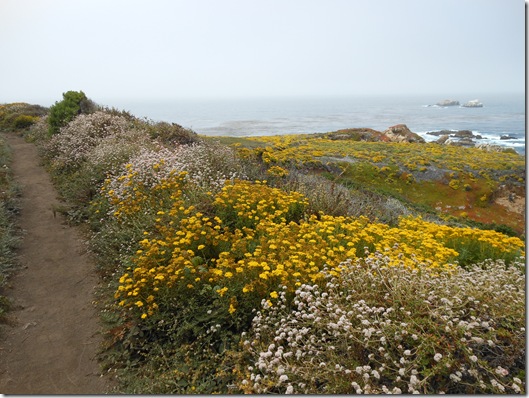
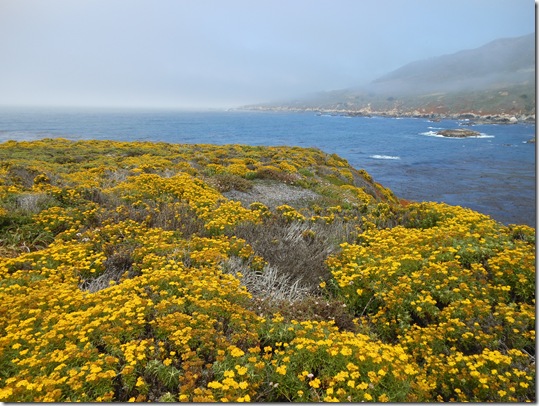

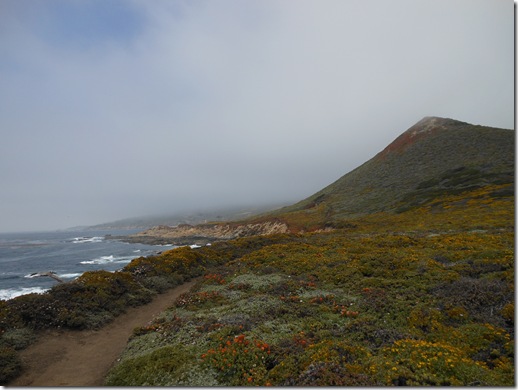

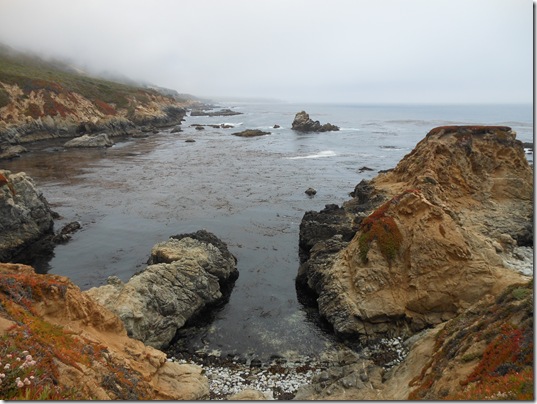

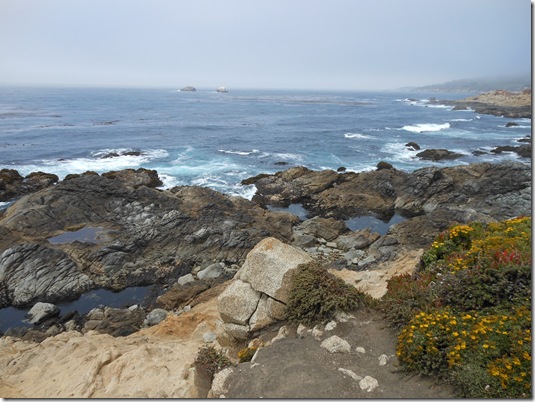
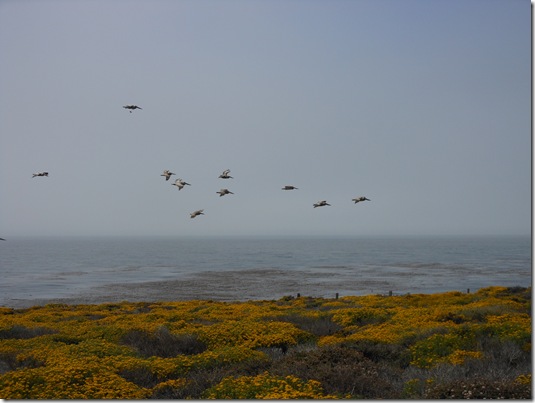
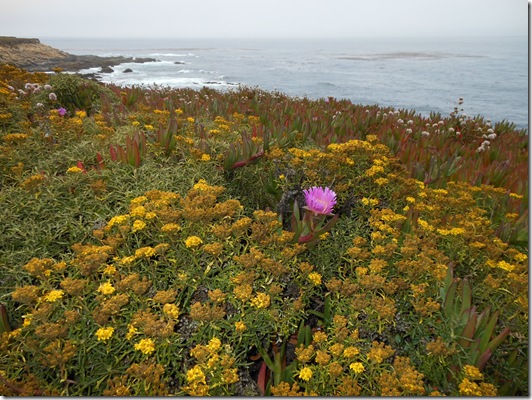
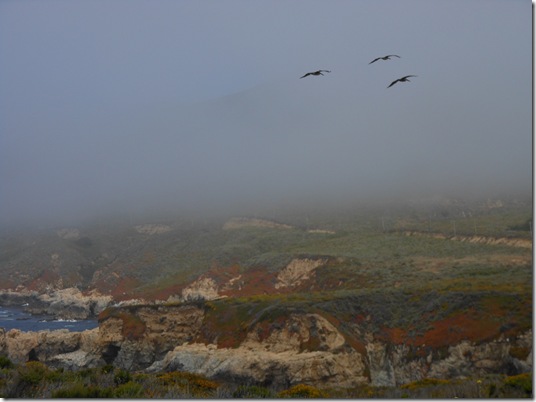

6 Comments
Comments are closed.